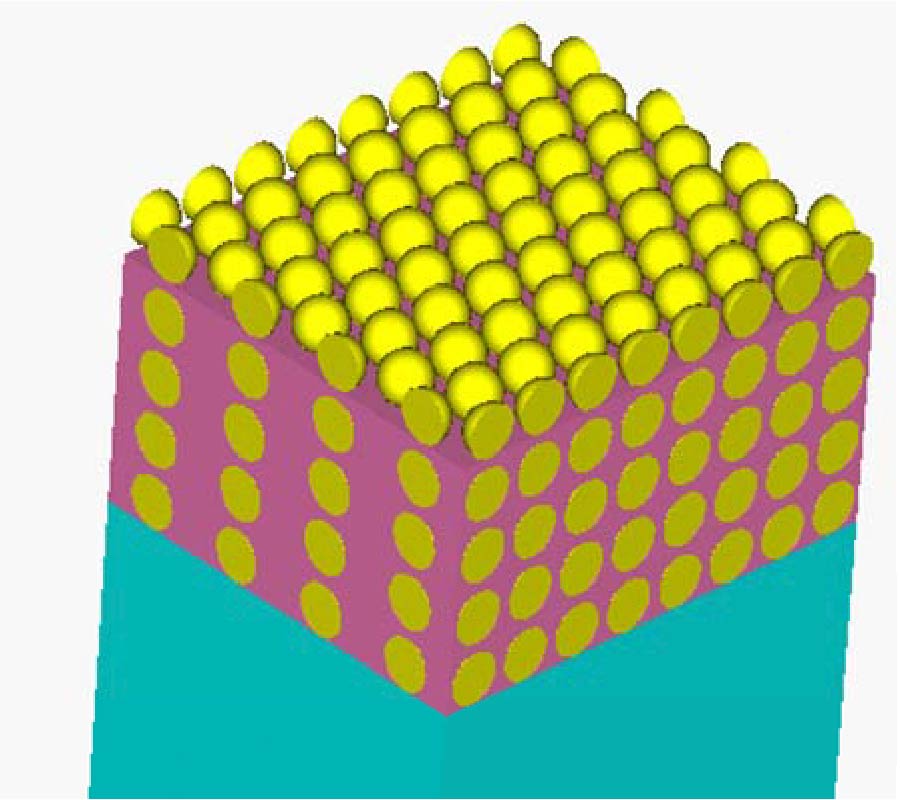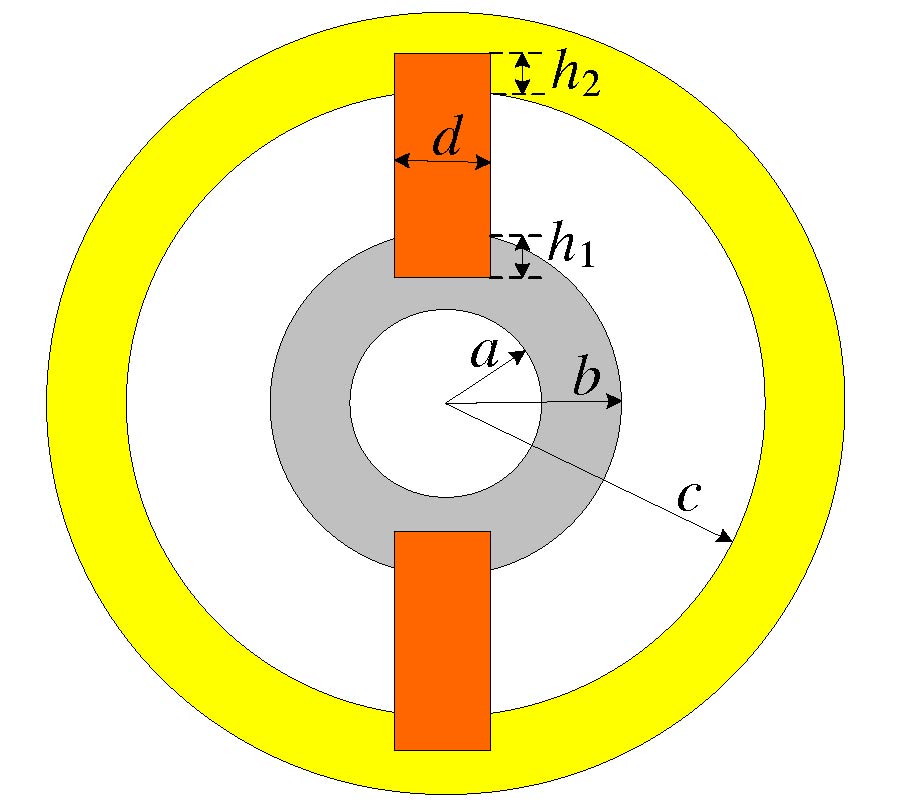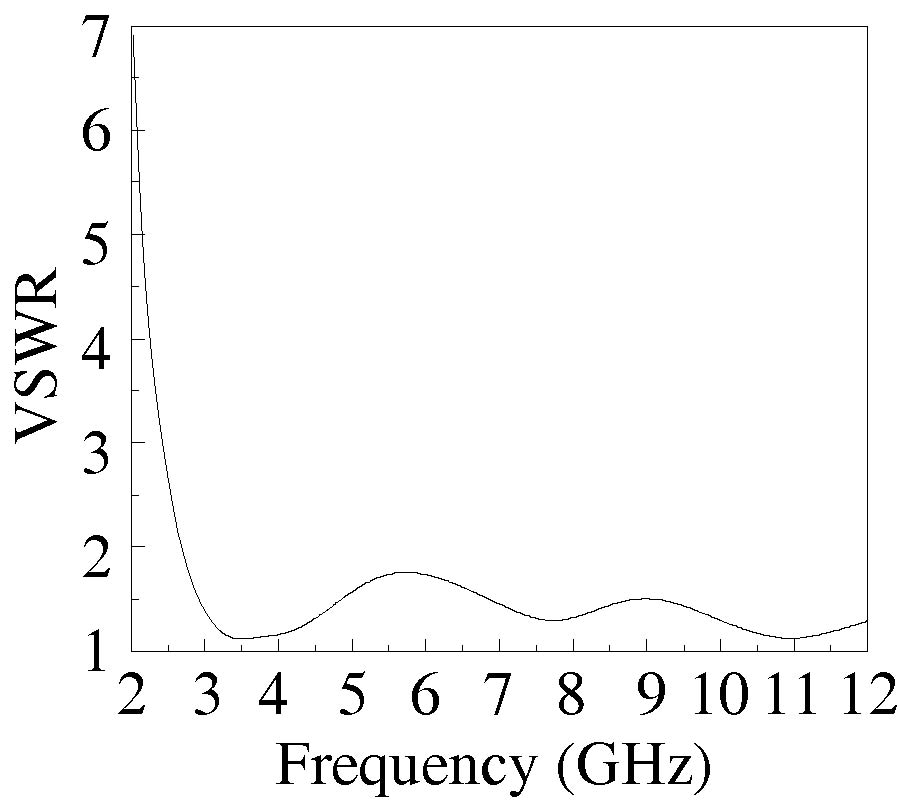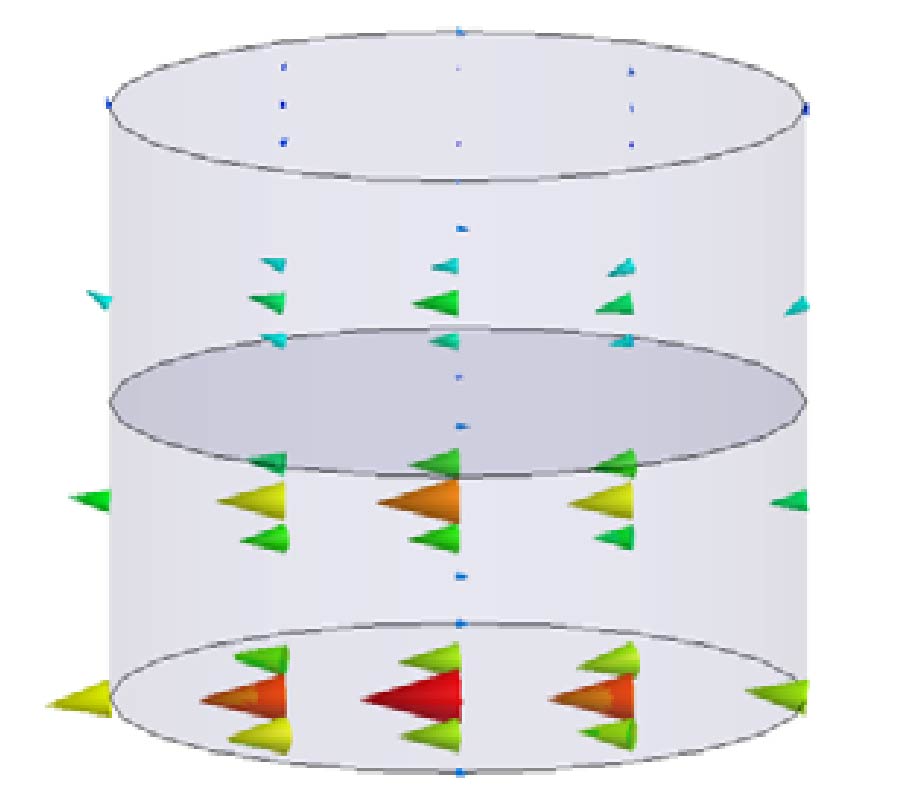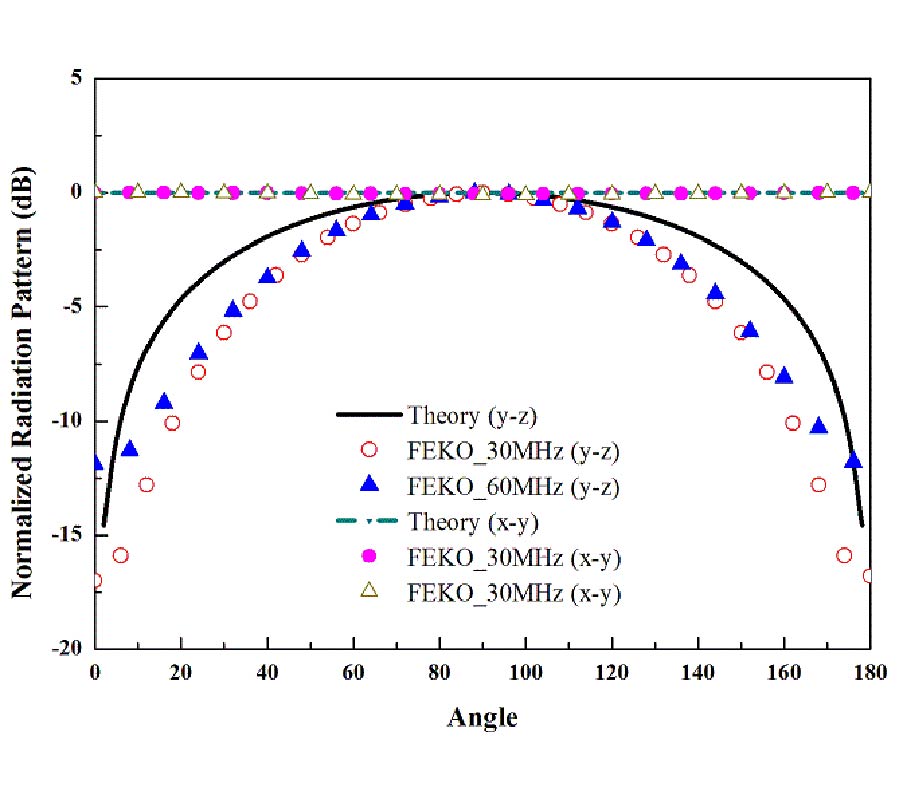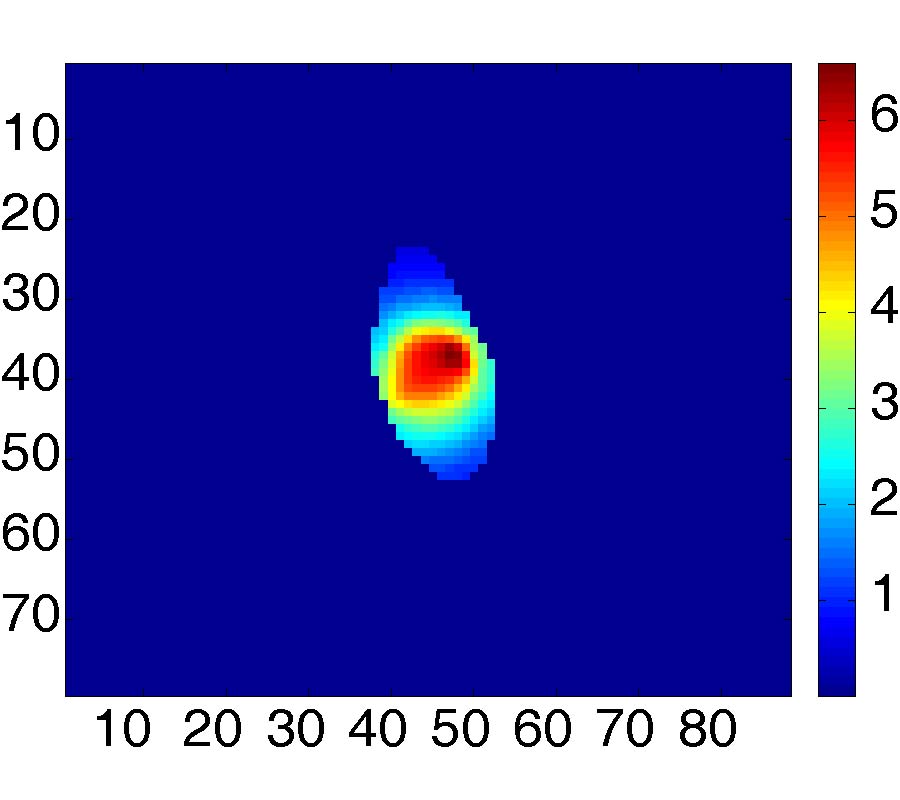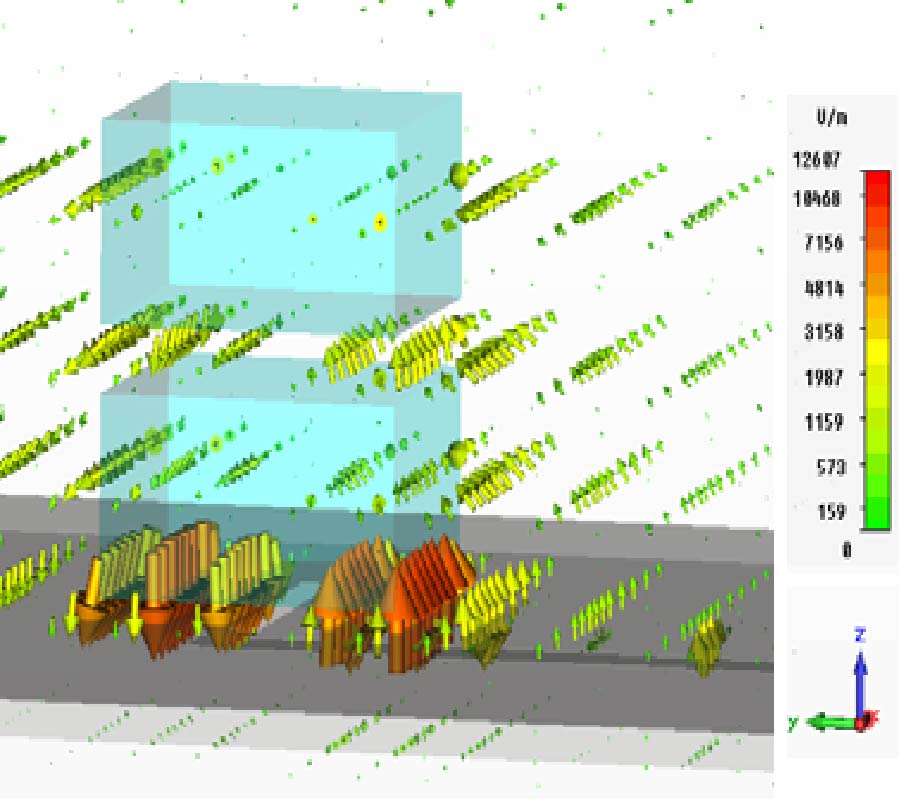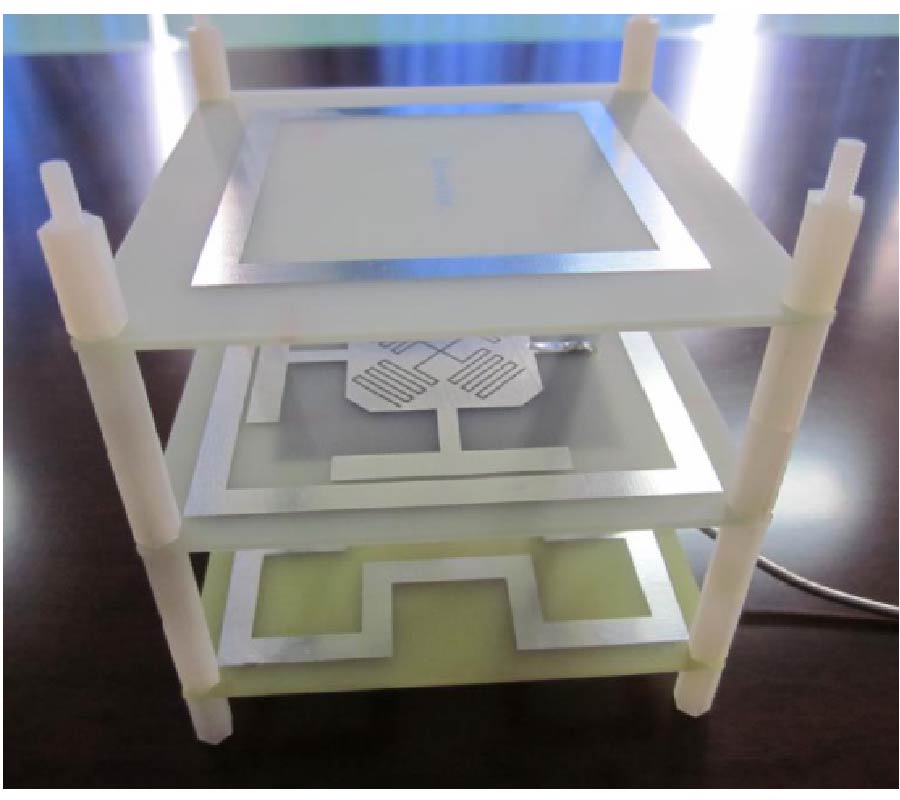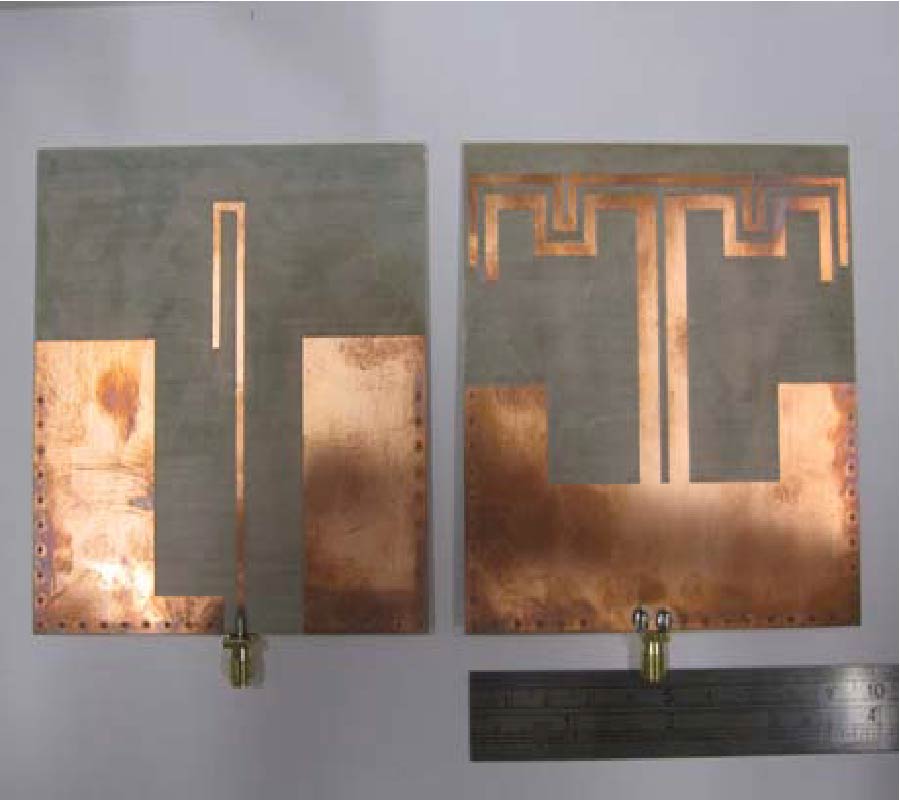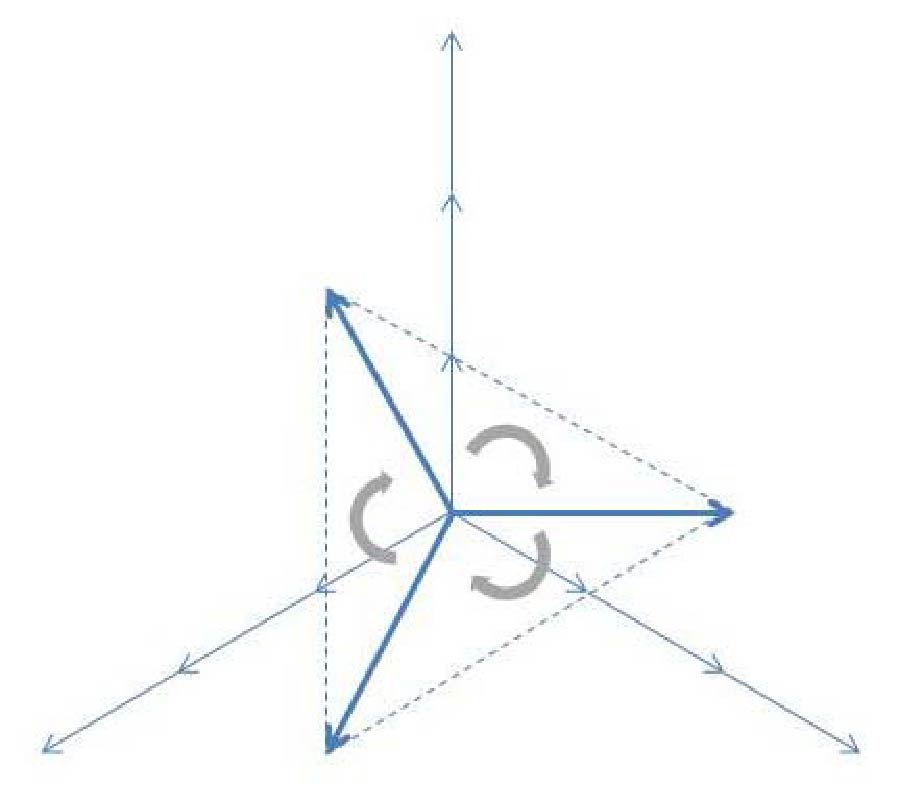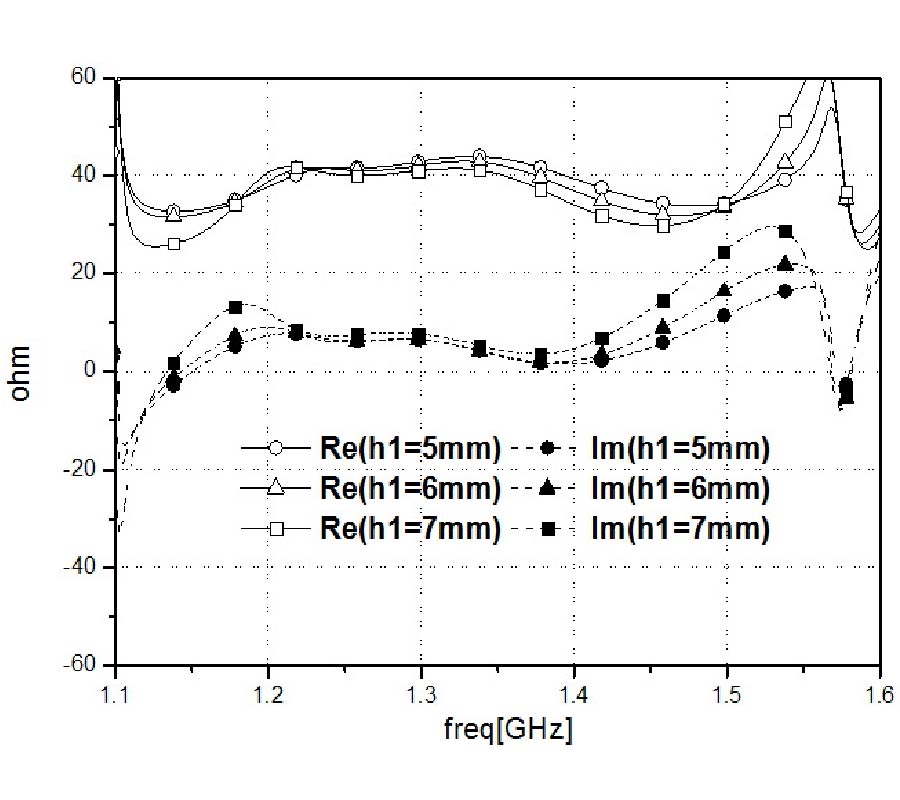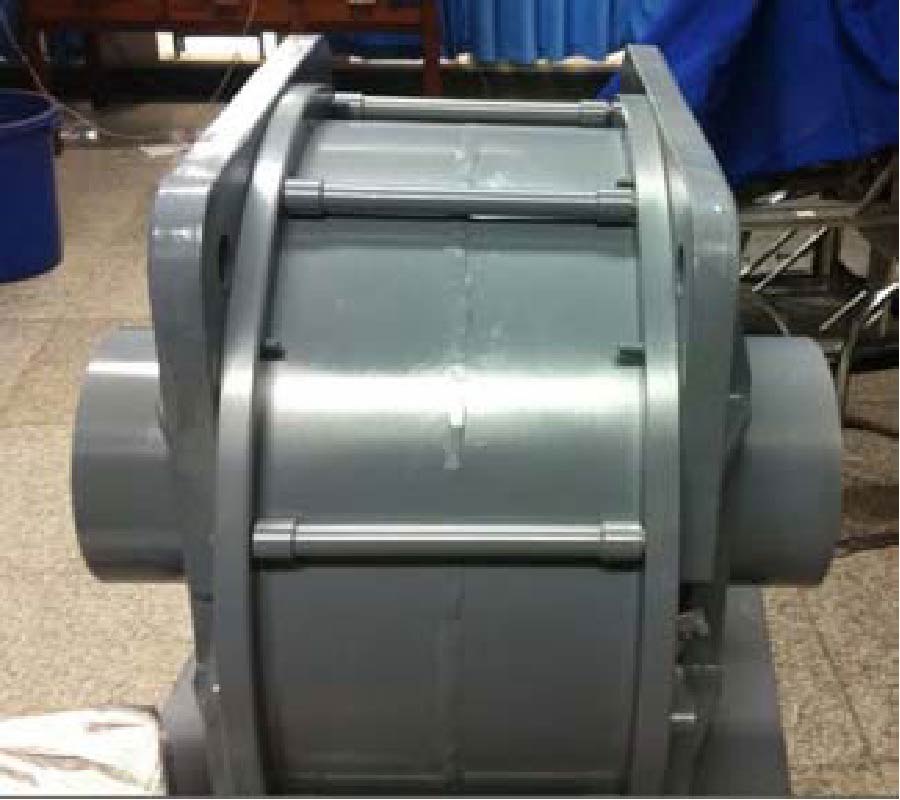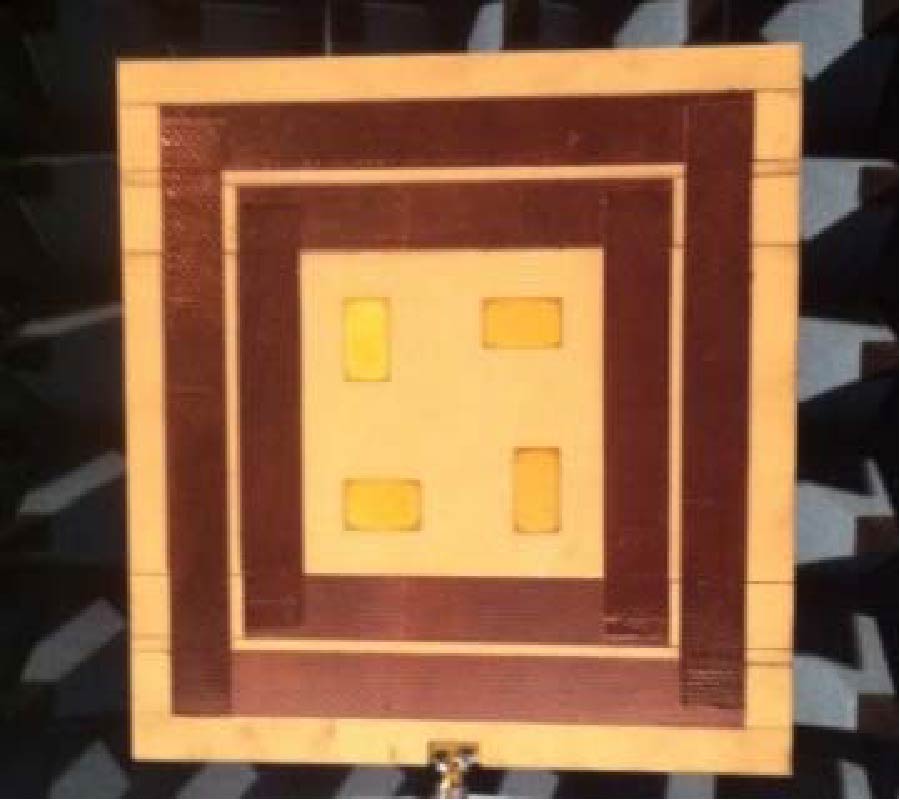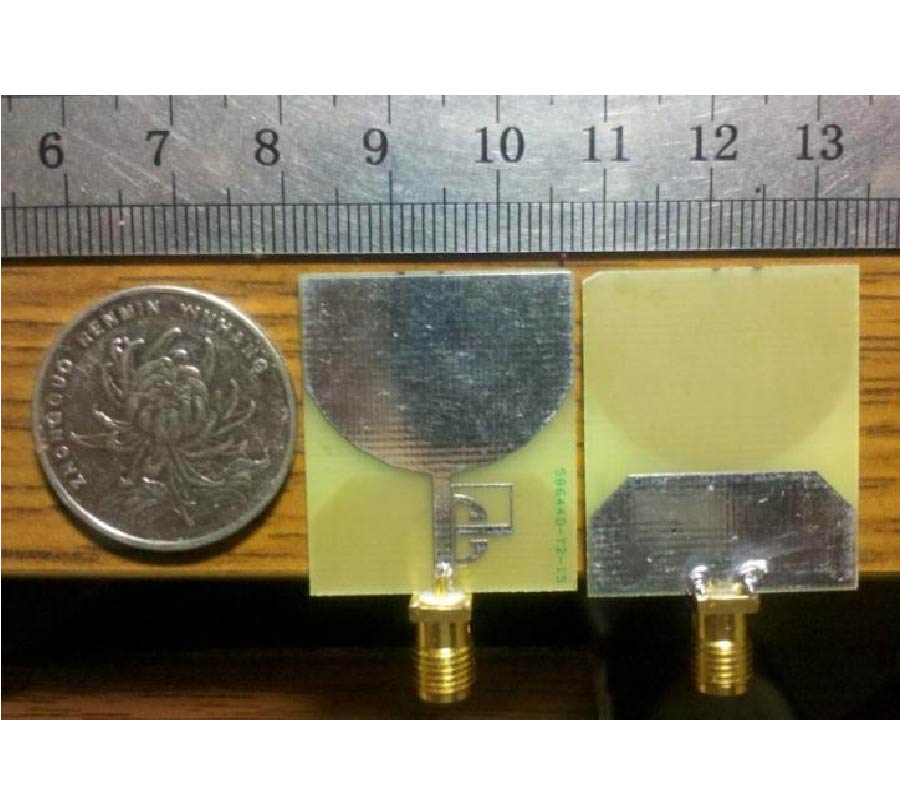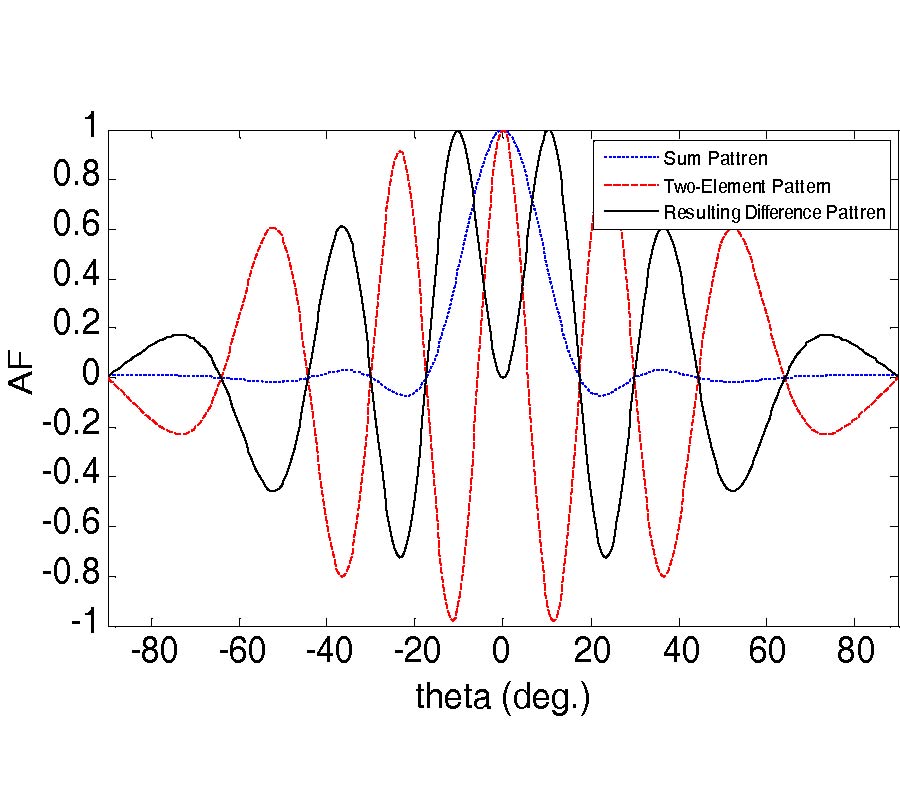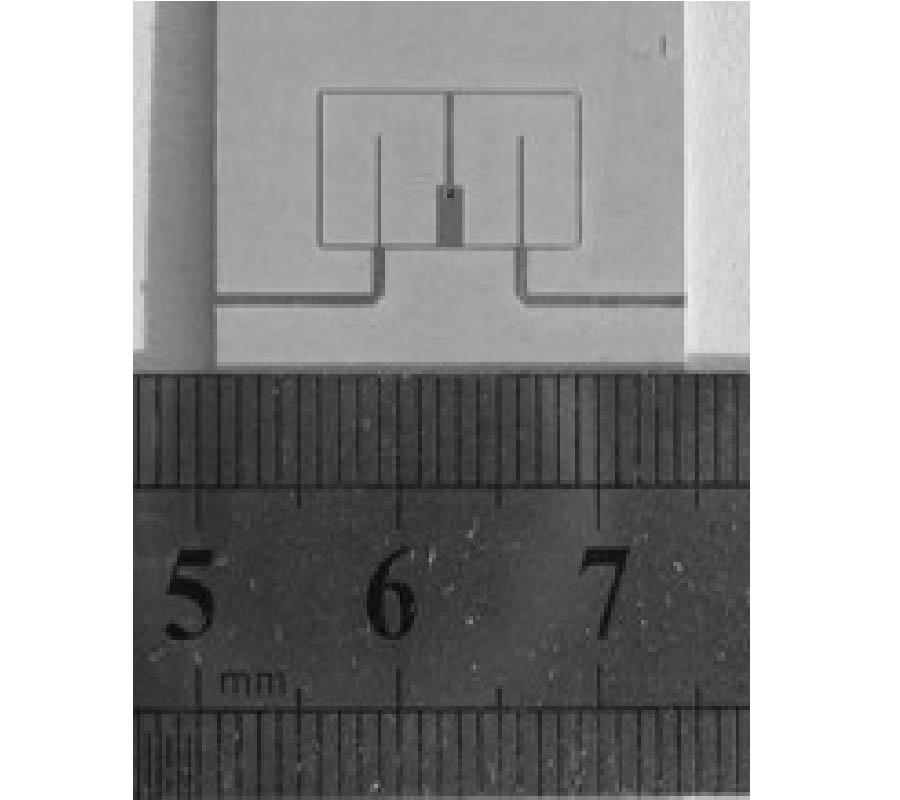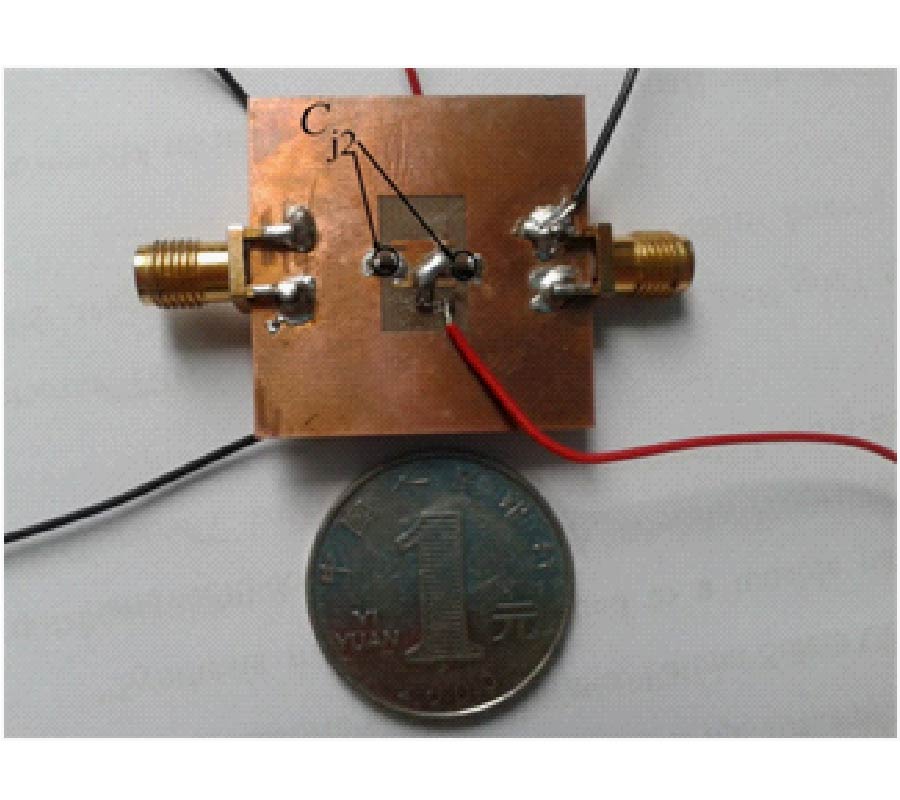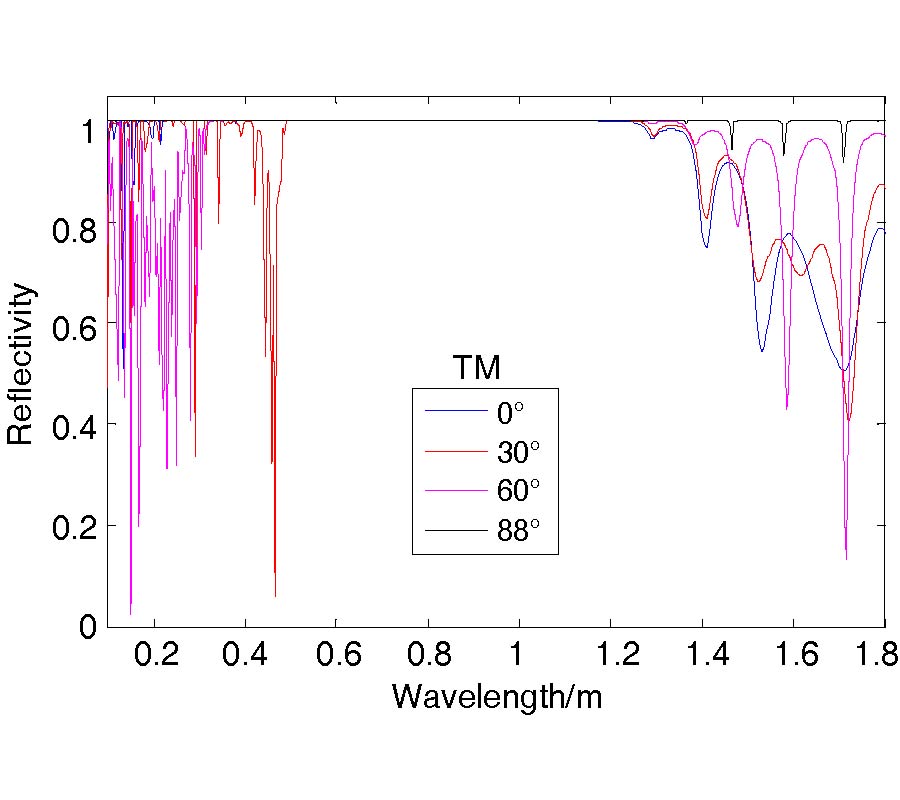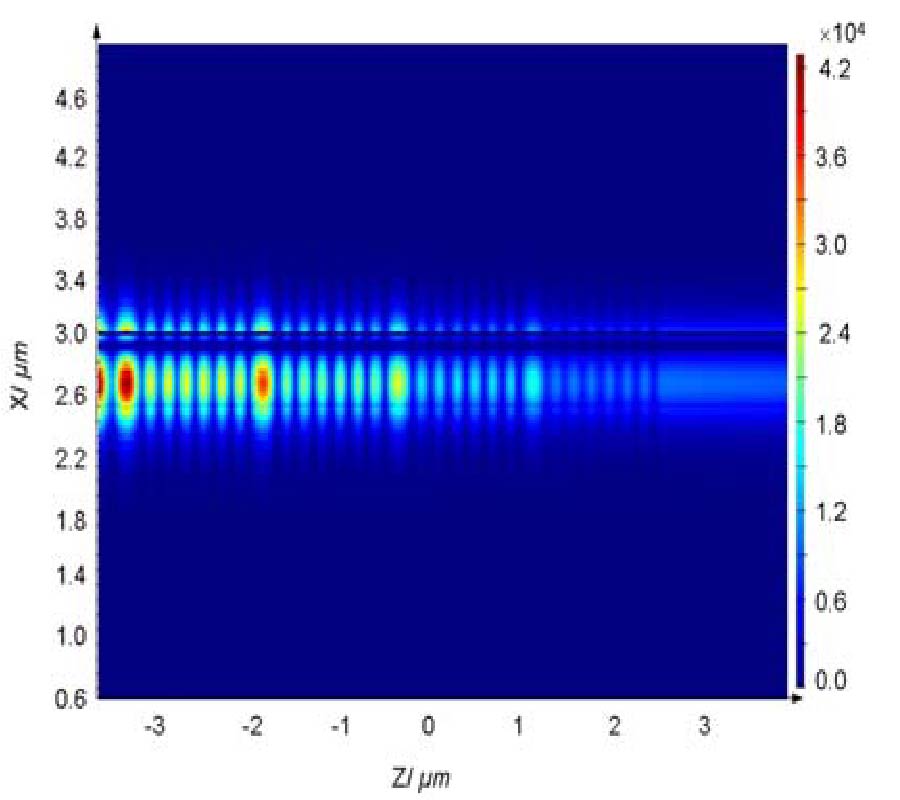Design of a High Power, High Efficiency Ka-Band Helix Traveling-Wave Tube
Lu-Wei Liu,
Yan-Yu Wei,
Yabin Zhang,
Guoqing Zhao,
Zhaoyun Duan,
Wen-Xiang Wang,
Yu-Bin Gong and
Minghua Yang
The design and analysis of a high power and high efficiency helix traveling-wave tube operating in the Ka-band are presented. First, the double-slotted helix slow-wave structure is proposed and employed in the interaction circuit. Then, negative phase-velocity tapering technology is used to improve electronic efficiency. From our calculations, when the design voltage and beam current are set to be 18.45 kV and 0.2 A, respectively, this tube can produce average output power over 800 W ranging from 28 GHz to 31 GHz. The corresponding conversion efficiency varies from 21.83% to 24.16%, and the maximum output power is 892 W at 29 GHz.
